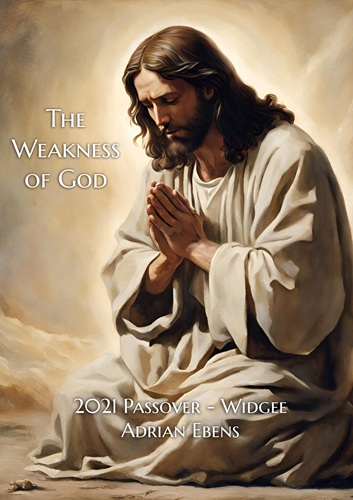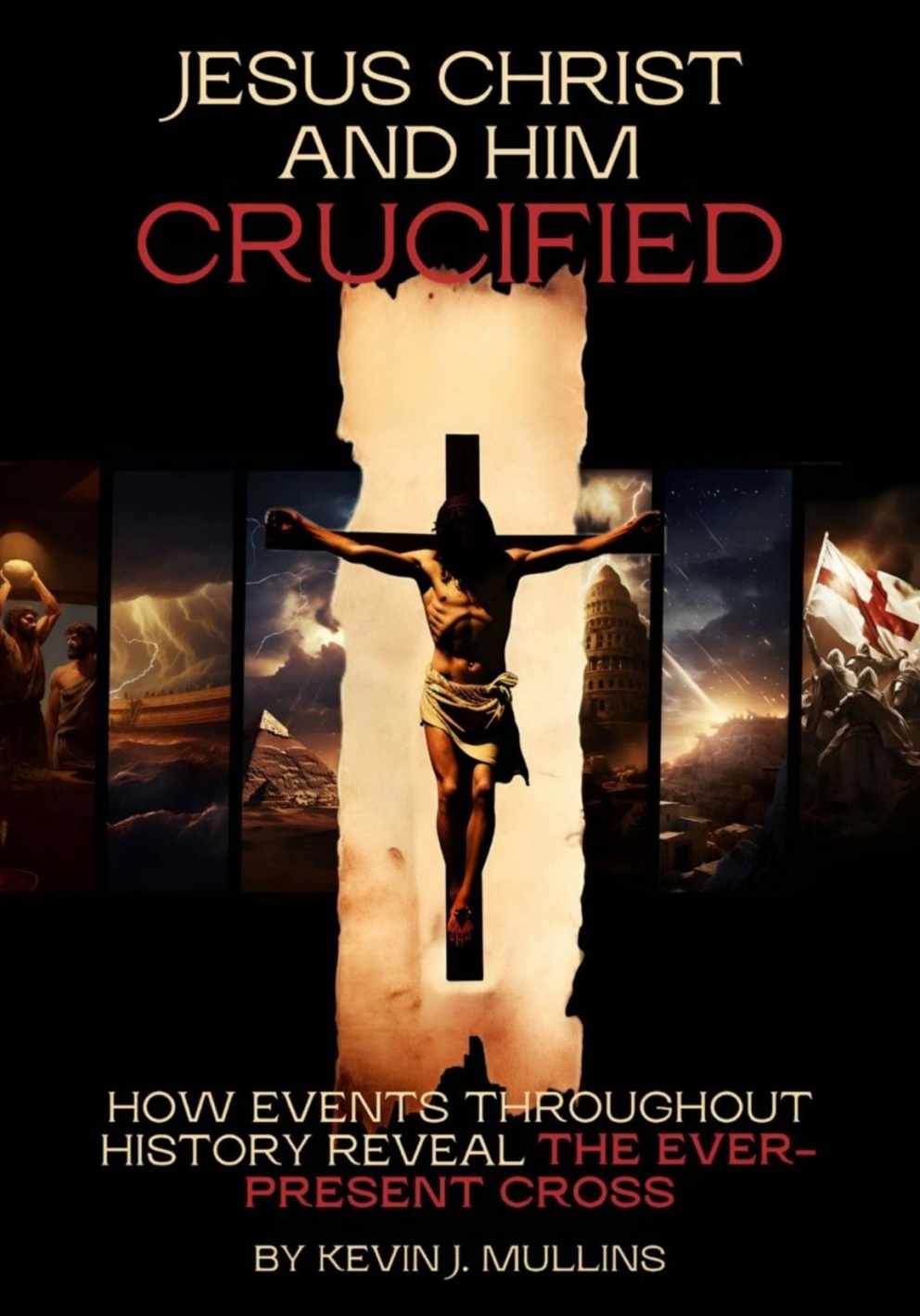Babylonian Origins of First New Moon After Vernal Equinox
Both Joshua Himes and Samuel Snow indicated that the Rabbinic Jews had departed from the law of Moses in their calculations related to the Vernal equinox. Samuel Snow indicates that they conformed to the customs of the heathen in imitation of the Romans.
Jahn in his Archaology, says, p. 111, 112, that Moses "obligated the priests to present at the altar on the second day of the passover, or the sixteenth day after the first new moon in April, a ripe sheaf. For if they saw on the last month of the year that the grain would not be ripe, as expected, they were compelled to make an intercalation, which commonly happened on the third year. The Jewish Rabbins say, that March and September, instead of April and October, were the initial months of these two years. That they were so at a late period is admitted, but the change was probably owing to the example of the Romans, who began their year with the month of March. The Jews being pleased with their example in this respect, or overruled by their authority, adopted the same practice. That this is the most probable statement, is evident also from the fact, that the position of the Rabbins is opposed not only by Josephus, but by the usage of the Syriac and Arabic languages; from the fact also, that the prescribed observances of the three great festival days will not agree with the months of March and September, as has been shown by Michaelis: see Commentat, de Mensibus Hebraorum in Soc. Reg. Goett. 1763--1768, p. 10. et seq." Joshua Himes, ST, July 12, 1843
The word Caraite signifies "one perfect in the law." These accuse the Rabbins of having departed from the law, and conformed to the customs of the heathen; and the charge is just, as they regulate their year by the vernal equinox, in imitation of the Romans; whereas the law says nothing of the vernal equinox; Samuel Snow, The True Midnight Cry August 22, 1844. Reprinted in ST Oct 2, and Oct 9, 1844.
That the Caraite Jews are correct, is plain from the 23rd of Lev., which requires that the barley shall be ripe at the passover, on the 14th day of the first month, and which, at Jerusalem, is one whole moon later, than the Rabbins keep the passover, and who pay no attention to this requirement of God. Joshua Himes, Signs of the Times, March 20, 1844
It is interesting to note that both Julius Caesar and Pope Gregory changed the calendar partly to address issues connected to the vernal equinox.
When Julius Caesar established the Julian calendar in 45 BC, he set 25 March as the date of the spring equinox; this was already the starting day of the year in the Persian and Indian calendars. Because the Julian year is longer than the tropical year by about 11.3 minutes on average (or 1 day in 128 years), the calendar "drifted" with respect to the two equinoxes – so that in 300 AD the spring equinox occurred on about 21 March, and by the 1580s AD it had drifted backwards to 11 March.[9]
This drift induced Pope Gregory XIII to establish the modern Gregorian calendar. The Pope wanted to continue to conform with the edicts of the Council of Nicaea in 325 AD concerning the date of Easter, which means he wanted to move the vernal equinox to the date on which it fell at that time (21 March is the day allocated to it in the Easter table of the Julian calendar), and to maintain it at around that date in the future, which he achieved by reducing the number of leap years from 100 to 97 every 400 years. https://en.wikipedia.org/wiki/Equinox
Neither the Roman Church nor the Jews follow first new moon after vernal equinox but rather the full moon after vernal equinox. Here is how Easter is calculated:
Easter falls on the first Sunday after the Full Moon date, based on mathematical calculations, that falls on or after March 21. If the Full Moon is on a Sunday, Easter is celebrated on the following Sunday
Although Easter is liturgically related to the beginning of spring in the Northern Hemisphere (March equinox) and the Full Moon, its date is not based on the actual astronomical date of either event.
March 21 is the Church's date of the March equinox, regardless of the time zone, while the actual date of the equinox varies between March 19 and March 22, and the date depends on the time zone.
The date of the Paschal Full Moon, used to determine the date of Easter, is based on mathematical approximations following a 19-year cycle called the Metonic cycle.
https://www.timeanddate.com/calendar/determining-easter-date.html
This is how Passover is calculated by the rabbinic Jews:
The Passover begins on the 15th day of the month of Nisan, which typically falls in March or April of the Gregorian calendar. The 15th day begins in the evening, after the 14th day, and the seder meal is eaten that evening. Passover is a spring festival, so the 15th day of Nisan typically begins on the night of a full moon after the northern vernal equinox. However, due to leap months falling after the vernal equinox, Passover sometimes starts on the second full moon after vernal equinox, as in 2016. https://en.wikipedia.org/wiki/Passover#Date_and_duration
There is no Jewish community that follows the first new moon after the vernal equinox. There is however a large number of Adventist feast keepers who advocate this notion of first new moon after vernal equinox for the start of the year. But what is the origin of this idea?
The earliest recorded New Year’s festivity dates back some 4,000 years to ancient Babylon, and was deeply intertwined with religion and mythology. For the Babylonians of ancient Mesopotamia, the first new moon following the vernal equinox—the day in late March with an equal amount of sunlight and darkness—heralded the start of a new year and represented the rebirth of the natural world. They marked the occasion with a massive religious festival called Akitu (derived from the Sumerian word for barley, which was cut in the spring) that involved a different ritual on each of its 11 days. During the Akitu, statues of the gods were paraded through the city streets, and rites were enacted to symbolize their victory over the forces of chaos. Through these rituals the Babylonians believed the world was symbolically cleansed and recreated by the gods in preparation for the new year and the return of spring. https://www.ancient-origins.net/myths-legends-important-events/ancient-origins-new-year-s-celebrations-001181
The above source lists the earliest recorded new year festive activity as coming from Babylon and we note with great interest that it was done on the first new moon after vernal equinox which was deeply intertwined with their religion and mythology. Here is another quote with some interesting information.
Following the first new moon after the vernal equinox in late March, the Babylonians of ancient Mesopotamia would honor the rebirth of the natural world with a multi-day festival called Akitu. This early New Year’s celebration dates back to around 2000 B.C., and is believed to have been deeply intertwined with religion and mythology. During the Akitu, statues of the gods were paraded through the city streets, and rites were enacted to symbolize their victory over the forces of chaos. Through these rituals the Babylonians believed the world was symbolically cleansed and recreated by the gods in preparation for the new year and the return of spring.
One fascinating aspect of the Akitu involved a kind of ritual humiliation endured by the Babylonian king. This peculiar tradition saw the king brought before a statue of the god Marduk, stripped of his royal regalia and forced to swear that he had led the city with honor. A high priest would then slap the monarch and drag him by his ears in the hope of making him cry. If royal tears were shed, it was seen as a sign that Marduk was satisfied and had symbolically extended the king’s rule. Some historians have since argued that these political elements suggest the Akitu was used by the monarchy as a tool for reaffirming the king’s divine power over his people. https://www.history.com/news/5-ancient-new-years-celebrations
We see that the Babylonians had been observing the first new moon after vernal equinox since the time of Abraham. We note with interest the stripping of the Babylonian king and being slapped in the face as part of their ritual. Were the Romans playacting this Babylonian drama with Jesus?
Then the soldiers of the governor took Jesus into the common hall, and gathered unto him the whole band of soldiers. And they stripped him, and put on him a scarlet robe. And when they had platted a crown of thorns, they put it upon his head, and a reed in his right hand: and they bowed the knee before him, and mocked him, saying, Hail, King of the Jews! And they spit upon him, and took the reed, and smote him on the head. Matthew 27:27-30
The soldiers wove a crown of thorns and put it on His head, and they put a purple robe on Him. "Hail! King of the Jews!" they mocked, as they slapped Him across the face. John 19:2-3 (NLT)
This supports what Joshua Himes and Samuel Snow indicated about the use of the vernal equinox system. It is pagan! Yet more amazingly it comes directly from Babylon. So with amazement we find that many Adventist feast keepers are stepping past the modifications of the Jews and the Roman Catholic Church to embrace the pure custom of Babylon – the first new moon after the vernal equinox. How can these things be?
Satan is a master of deception and he mocks God’s people who desire to step out and keep His statutes. It is a wonderful thing for people to desire to keep the feasts of the Lord. Yet how sad that many people wish to imitate the Babylonians and use their system of determining the new year. My appeal to all is to come out of Babylon and keep the feasts of the Lord according to the plain methods laid out in Scripture.
For more on this please read the book - The Seventh Month Movement, The Midnight Cry and the Karaite Calendar.





